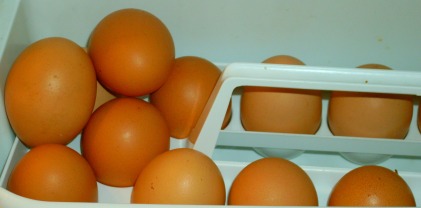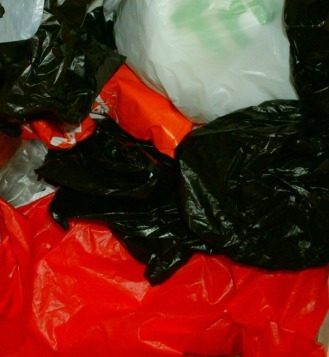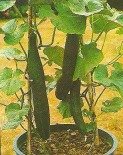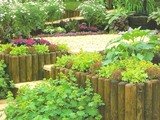|
Wastemanagement Guidelines for your Go Green TaskWastemanagement is one of the best go green ideas in vegetable gardening. It’s easy, fun and environmentally friendly. Every vegetable gardener must practice proper wastemanagement in their garden. Now waste can be classified into 2 categories… 1. Food-such as fruits and vegetables, pasta and bread, tea bags, meat, fish, bones. And… 2. Garden- such as leaves, weeds, grass, hedge cuttings, straw, plant waste, hay and small branches. Storing Food Waste
Yard WastemanagementThe first thing that you’ll need is a 32 gallon garbage can with a handle and a lid. This type of garbage can is the best fit for collecting yard waste. Get together some small twigs and branches that are not too big and place them near the container. Throw all your kitchen and garden remains in a green waste cart or garbage can. Stuff like damaged or rotted fruits and vegetables from your garden can be used as part of your yard waste. The ideal thing to do especially for the go green movement is to use your yard waste for composting. This is the perfect wastemanagement technique for your garden. After all it’s a smart choice for maintaining a clean and healthy garden. Here’s a List of Items That are not Suitable for a Yard Waste Container
  The Green Cone SystemThe green cone is designed to effectively manage household food waste and is quite easy to set up. You can place raw and cooked food waste such as vegetable remains, meat, bones, fish, dairy products and any organic kitchen matter. The contents as a result are then broken down into its natural components of water and CO2. Choose a sunny location in your garden with proper drainage to store it. Remember that you may need to empty the digestive component every few years.
How it WorksDuring winter, the solar cone within the tool creates a trapped level of heat that promotes an increase of harmless bacteria thereby insulating the decaying matter. The digestion component that is below the ground means that the decomposers can escape freely in and out of the basket without producing an odor. You see, it’s creates a form of leverage for you and your garden where it does all the work for you. A green cone will function pretty well in a raised bed with clay and will definitely help reduce the release of greenhouse gases. However, it will not work in clay soil, accept garden waste, and encourage vermin (once it is installed the right way). It is not designed to make compost and will produce the best results once it is stored in the right location. Here’s a Video With Information About Green Cones and Managing Your Food Waste
As a result, less waste will be transported to the landfill sites and that's a good thing. It’s not hard; all you have to do is to organize exactly what to do with your waste while keeping the environment in mind. At the end of the day, putting your waste to good and proper use can really make your gardening tasks flow with a lot of ease.
Move from wastemanagement to going green ideas
|









